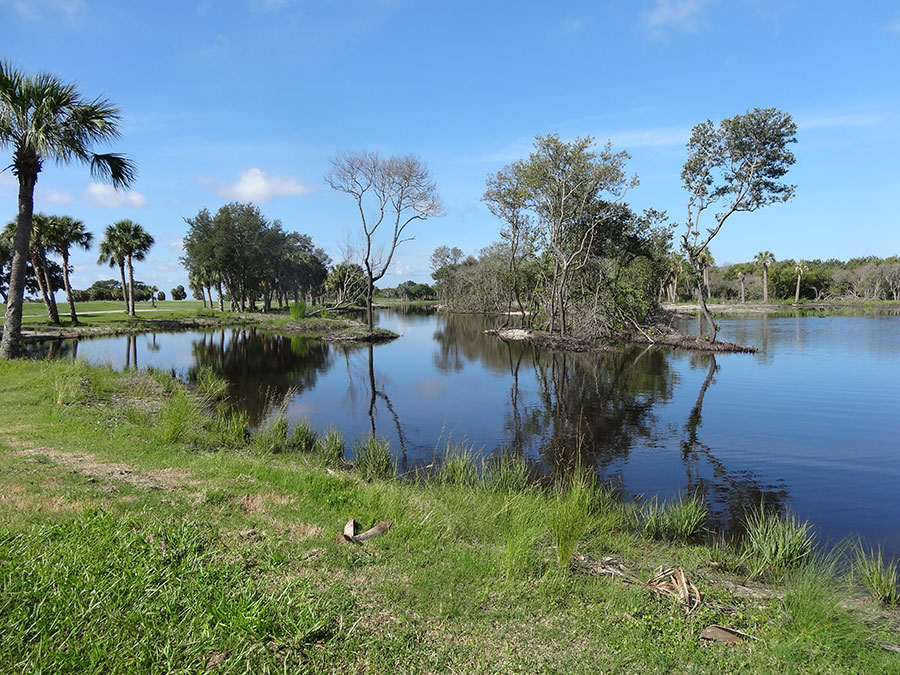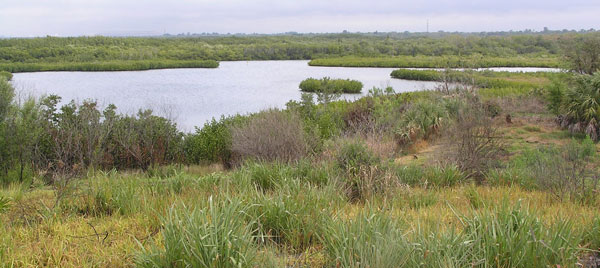
Hillsborough County will have a greener future with a new focus on low-impact development and sustainable infrastructure outlined in a leading-edge document that will become part of its comprehensive plan that directs development in unincorporated areas.
Called One Water, it rethinks traditional “silos” that separate potable, wastewater, stormwater and reclaimed water to look at the best possible use for each.. And rather than having a planner-centric focus, it was developed in a partnership with county engineers who will actually make it happen.
“We’re seeing the concept of One Water already being implemented in other communities, but seldom at the level of a comprehensive plan that really directs growth for the county,” said Melissa Dickens, strategic planning and policy manager for the Hillsborough County City-County Planning Commission.
The last plan was written in 2008 but some of the original language dates back to the 1980s. She adds, “The general concepts are great but they needed to be updated to reflect the current priorities of the Board (of County Commissioners).”
For instance, stormwater that was once considered to be a nuisance that needed to be moved off site as quickly as possible has become a resource that can bring a community together with shared recreational opportunities built around stormwater treatment systems. (The county is already building projects like this at Delaney Creek in east Hillsborough County and USF is working on a similar project in East Tampa.)

How stormwater is treated also directly impacts water quality and updated technologies can make a significant difference on privately held land. “We’ve started on a technical manual update for green infrastructure,” said Kevin Moran, director of the Hillsborough public works environmental division.
“The key is making it easy to use — having been a developer’s engineer, I can say that there aren’t a lot of resources for engineers to be super creative with their stormwater plans. If they have the drawings in hand, they’re much more likely to use them.”
The One Water group is working with the Tampa Bay Builders Association to ensure that low-impact technologies are supported, and to provide incentives for their use. “It’s not going to be a laundry list of rules, but it will point the way to a future where we’re doing things better,” Dickens said.
Innovative Uses for Reclaimed Water
Expanded uses for reclaimed water — another resource that was once considered waste and has since become an important source of water for irrigation systems — also are on the drawing board. In south Hillsborough County, where saltwater intrusion is an issue, two injection wells charged with reclaimed water to create pressure zones that keep saltwater at bay.
A smaller project just east of Port Redwing is using reclaimed water to create habitat specifically designed for juvenile tarpon which may be the first of its kind in the country when it is completed.
Learn more:
Visit http://www.planhillsborough.org/one-water/ to see a complete overview. It has been reviewed and recommended by the Planning Commission and has been forwarded to county commissioners who are expected to finalize it later this month.
